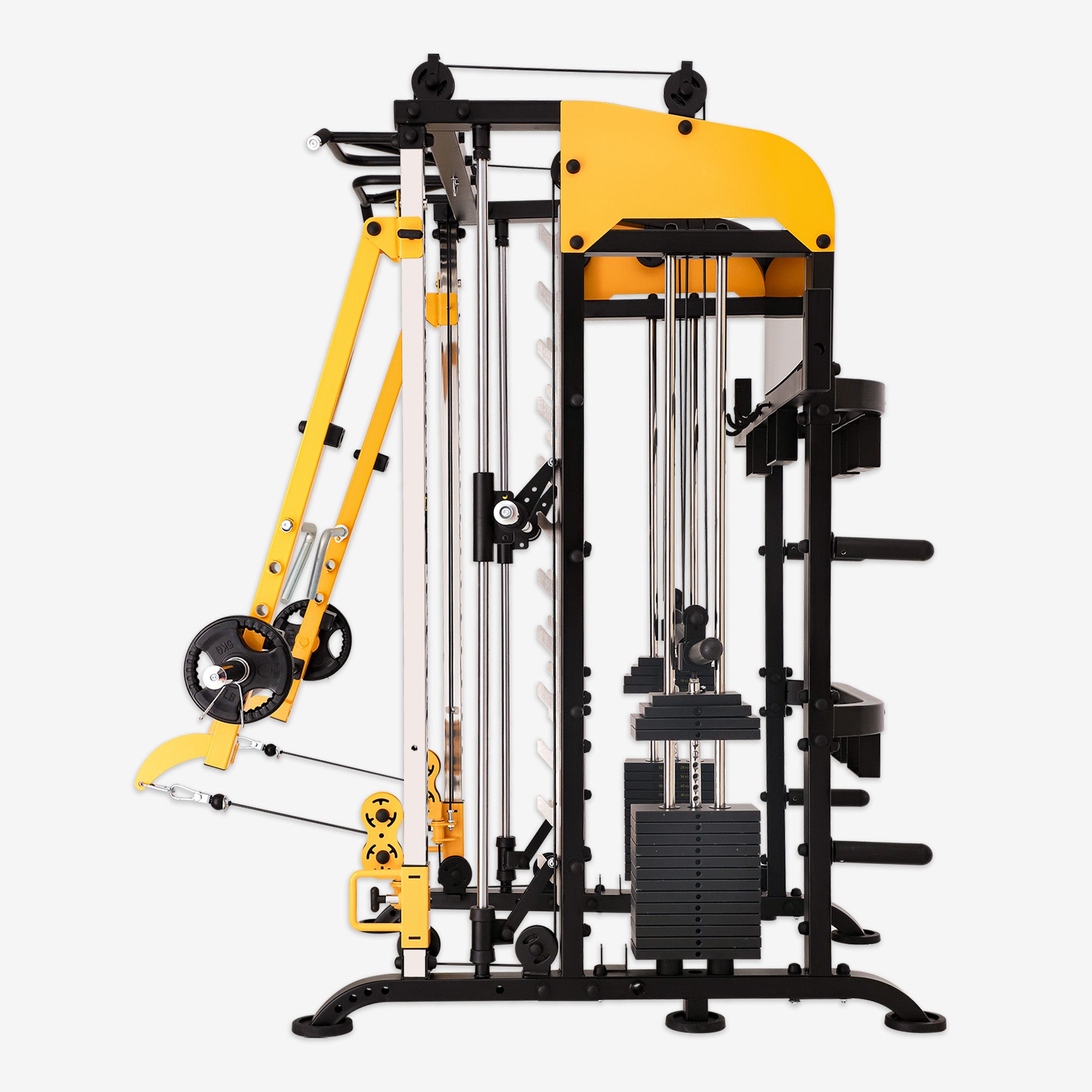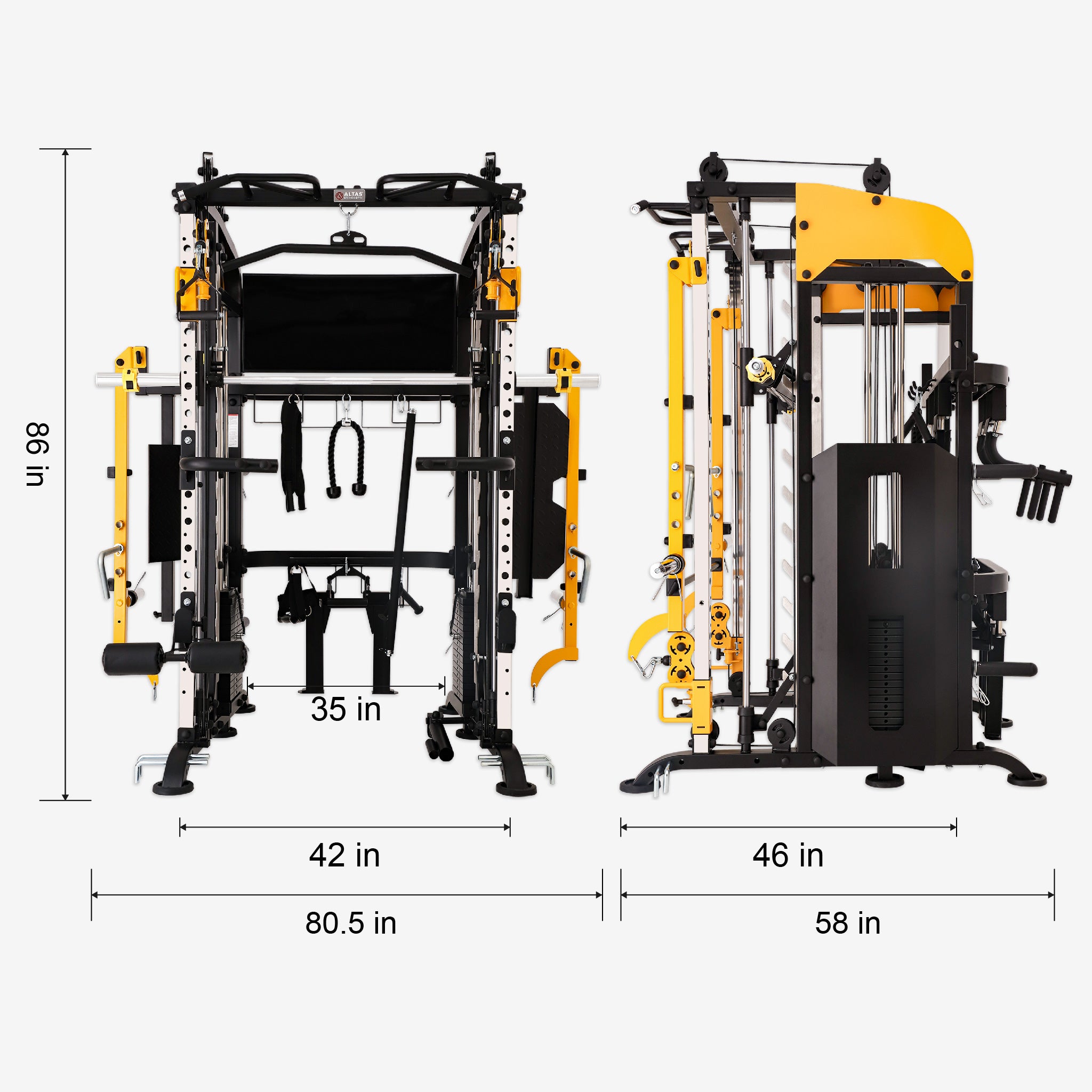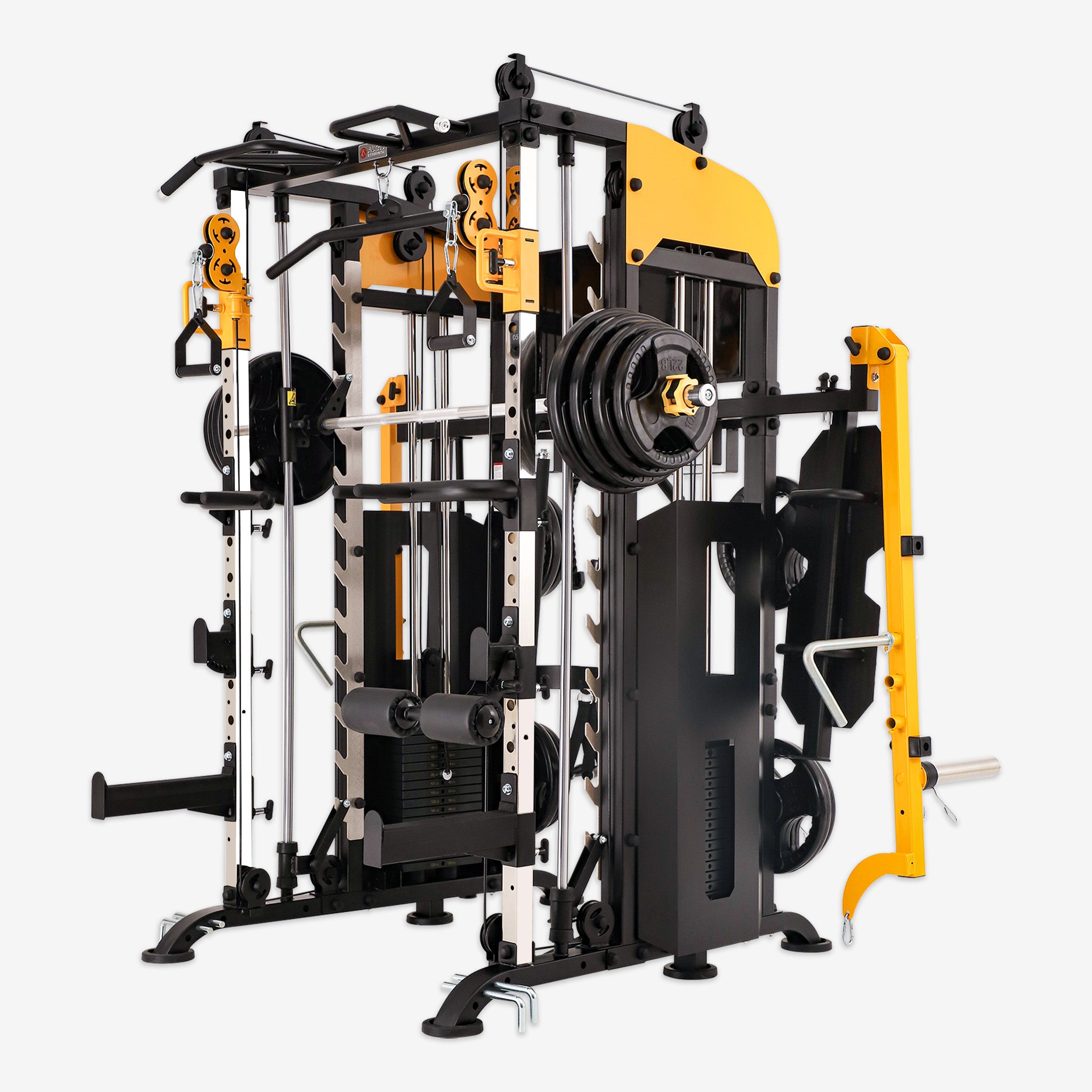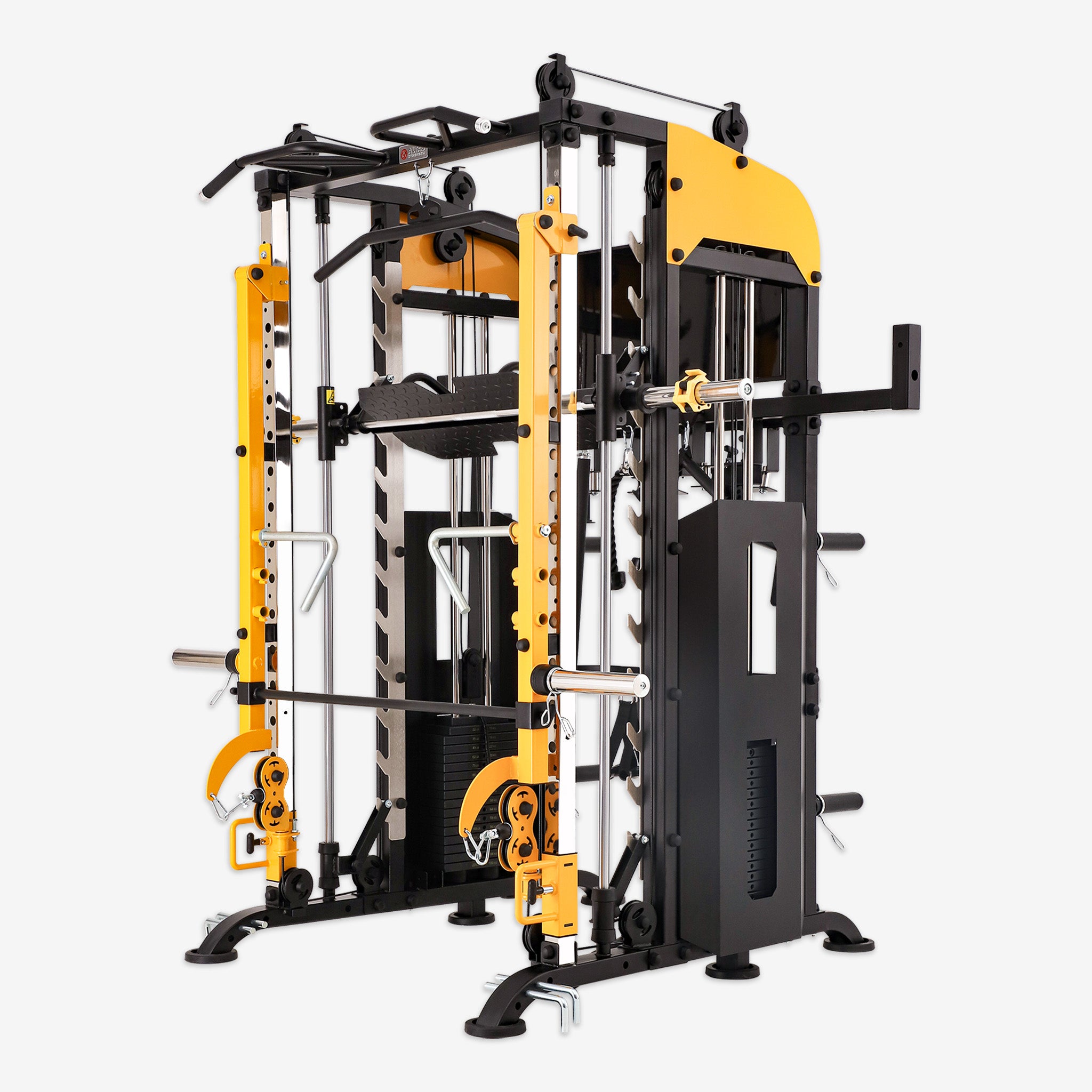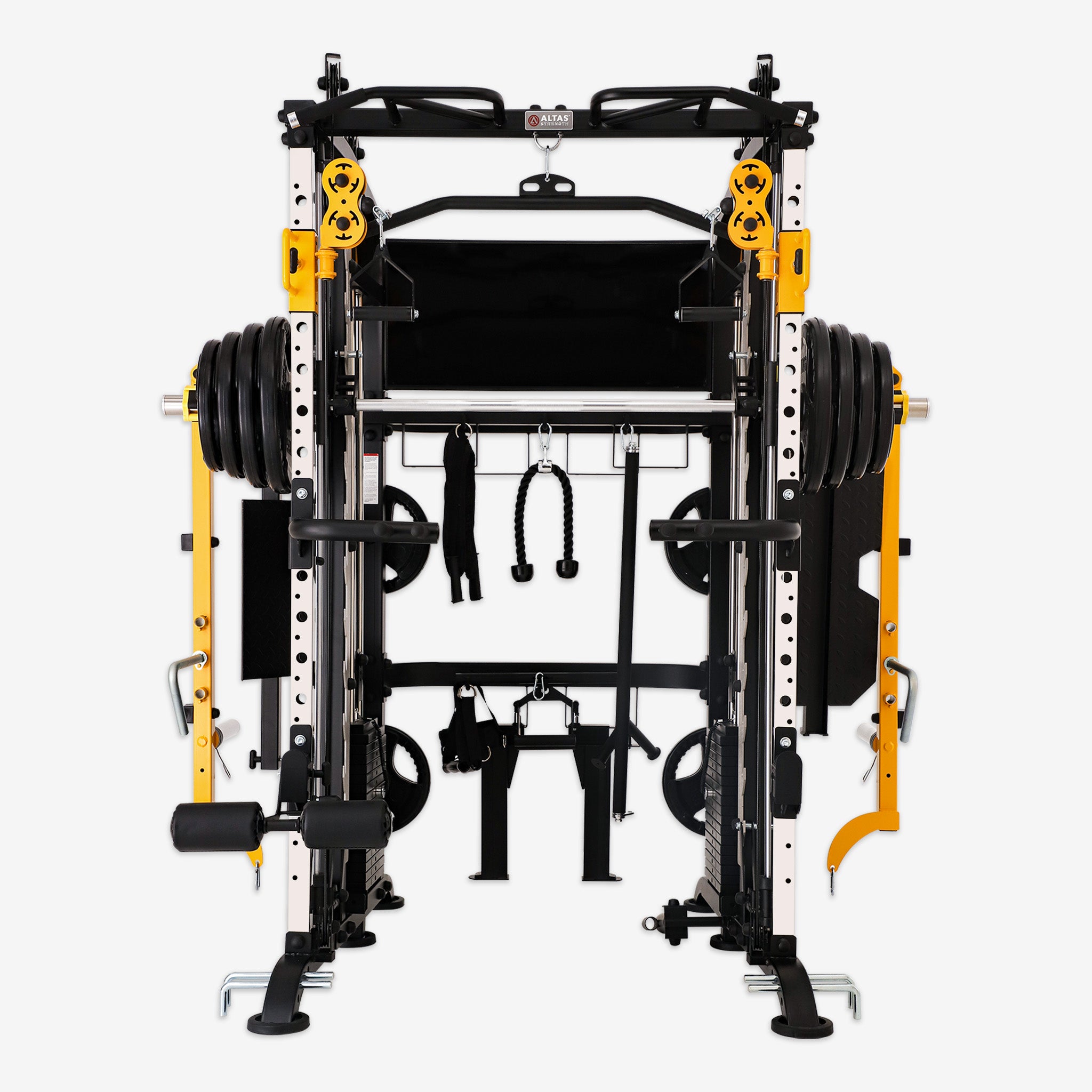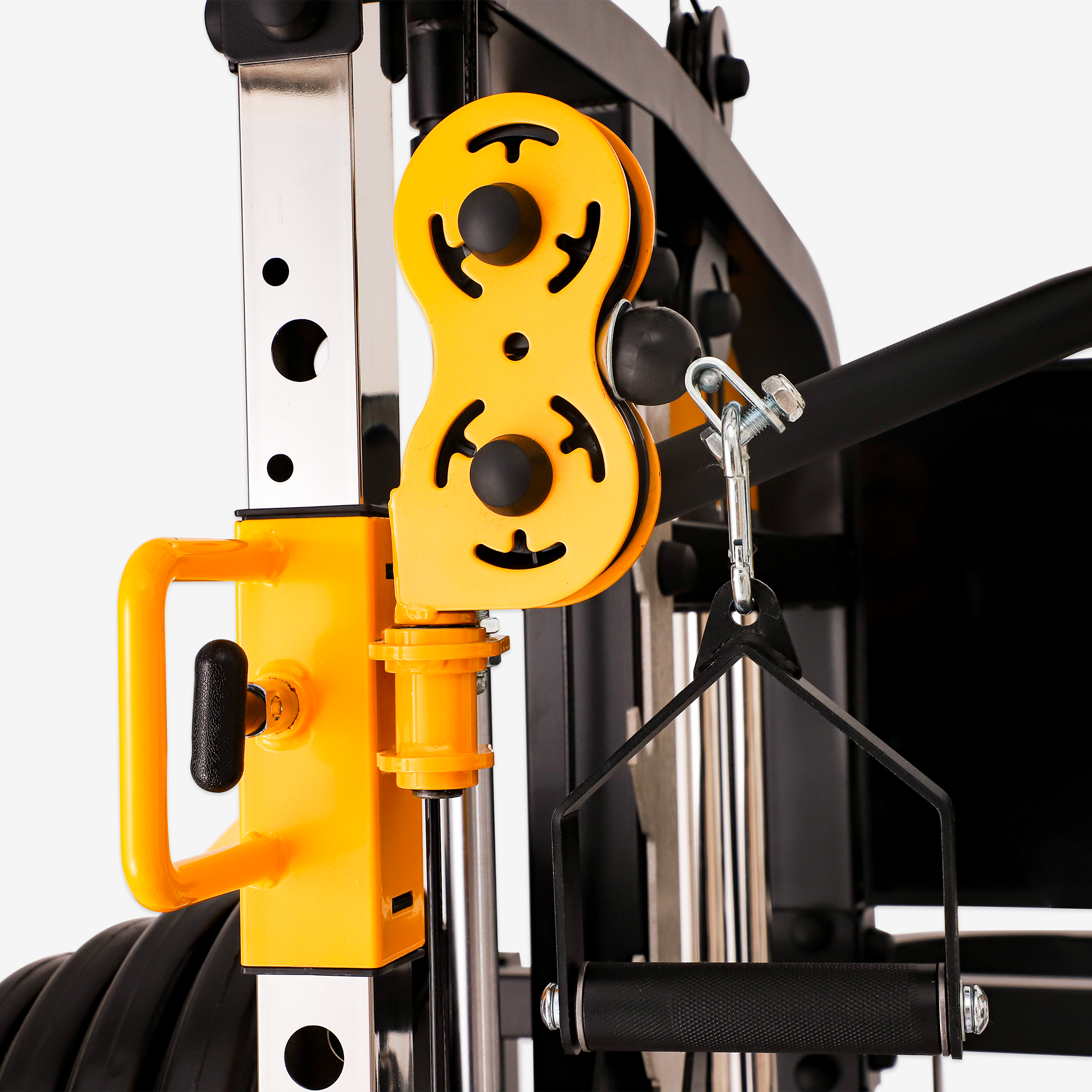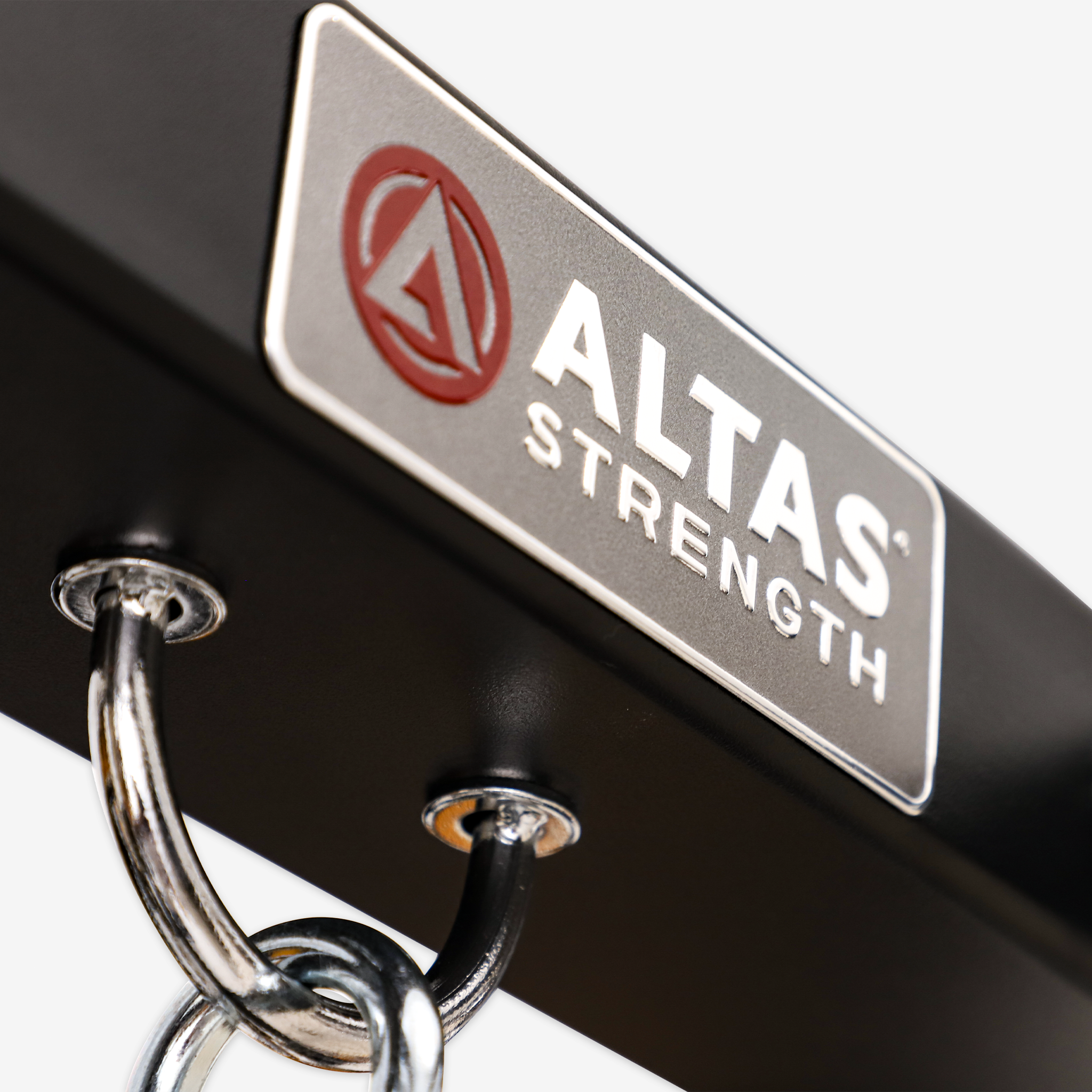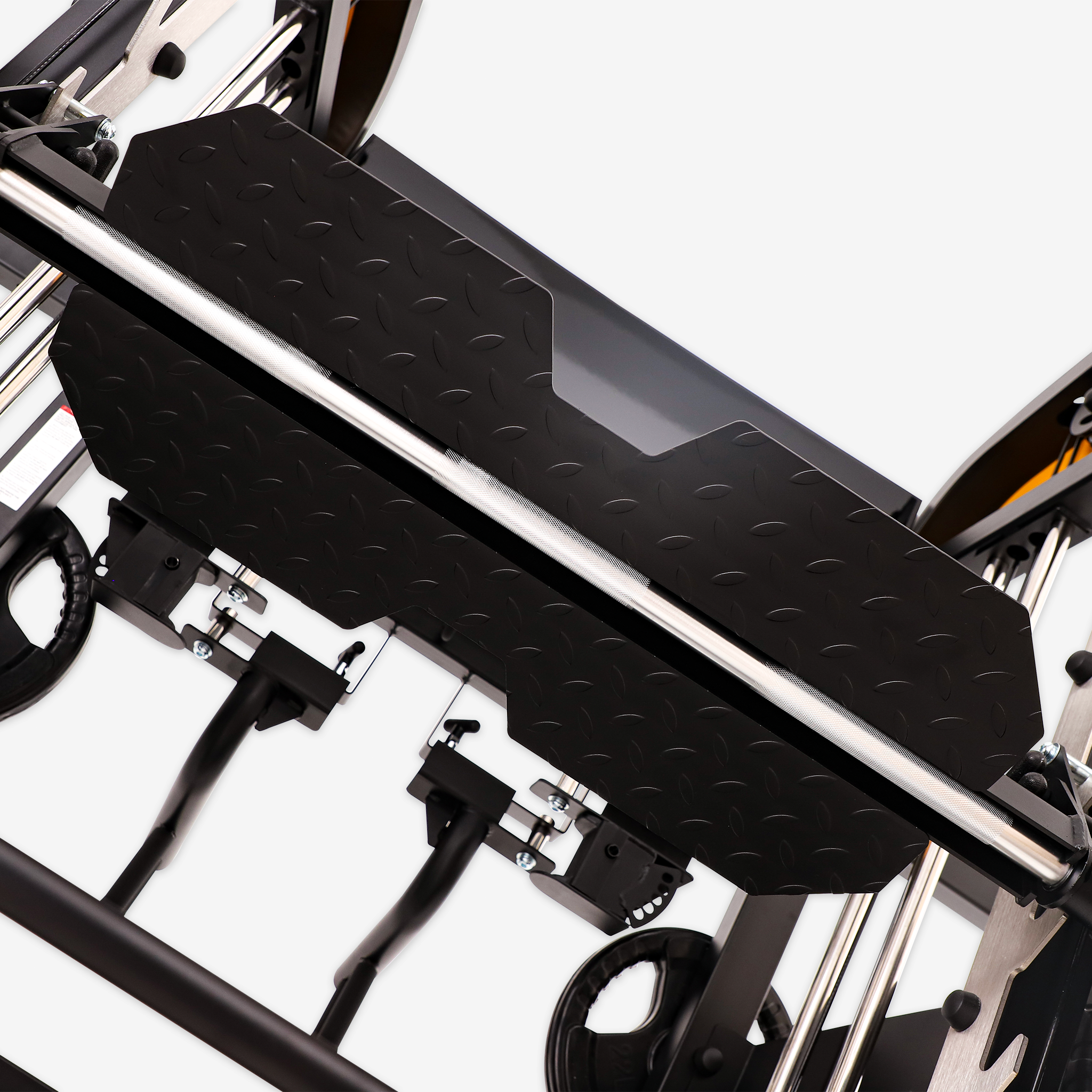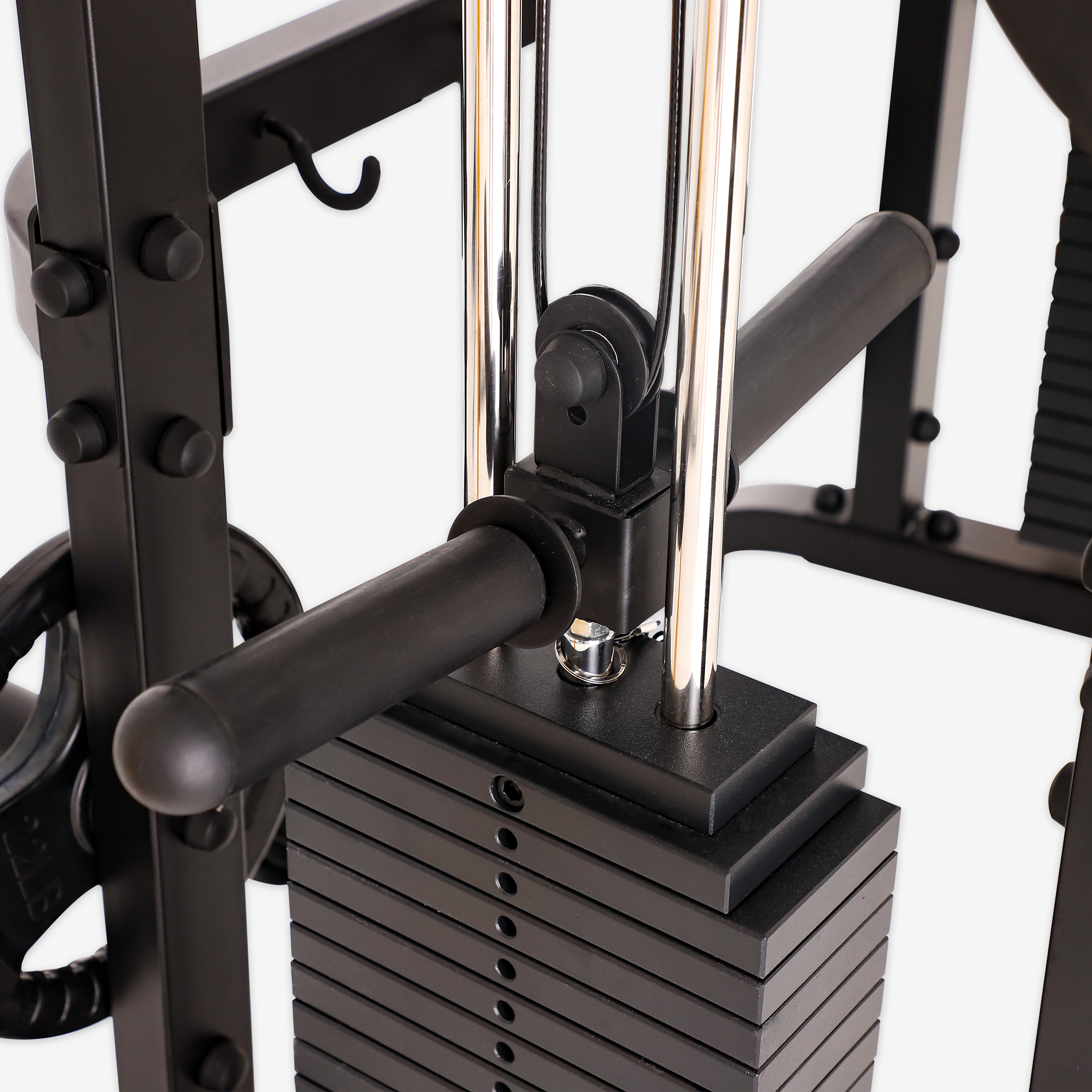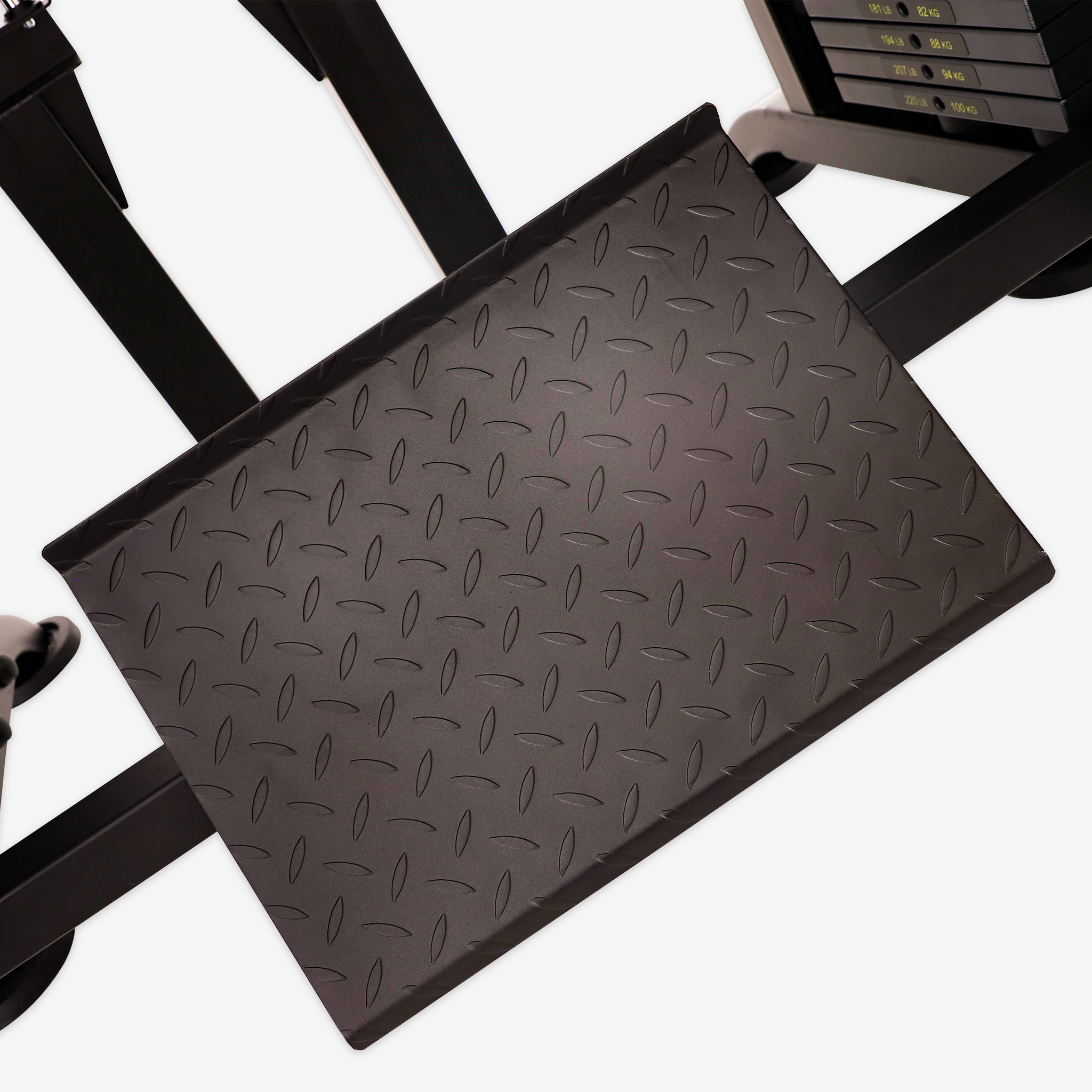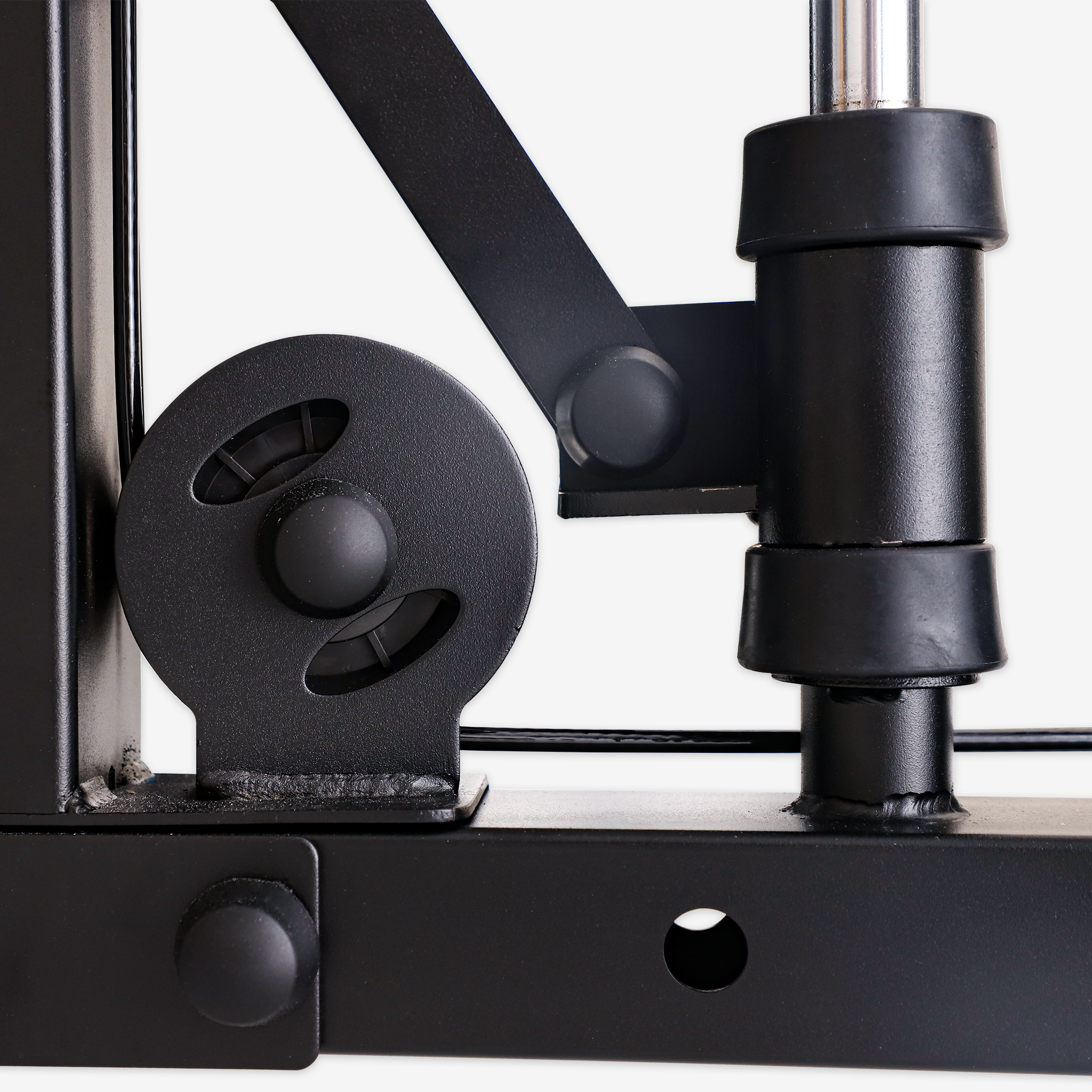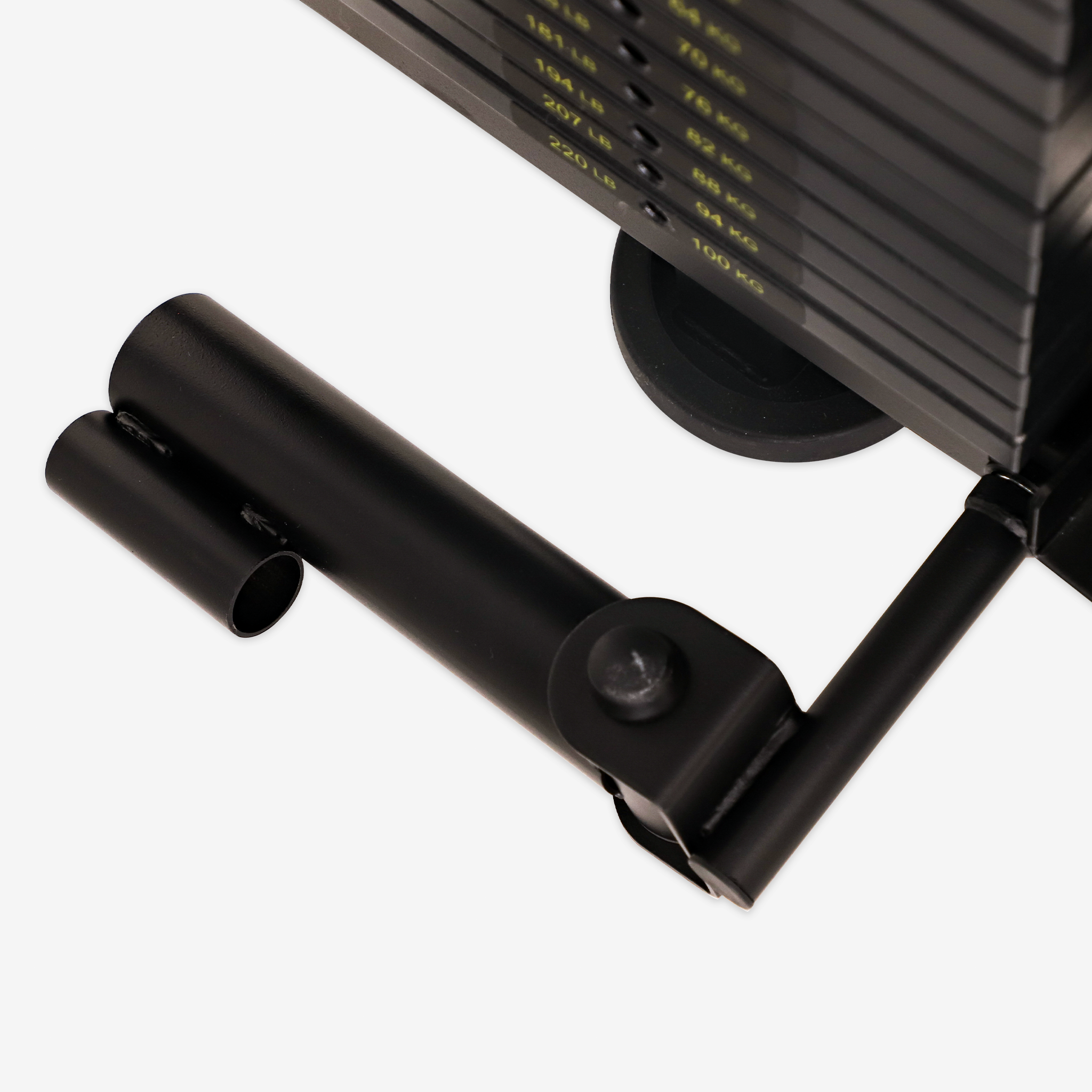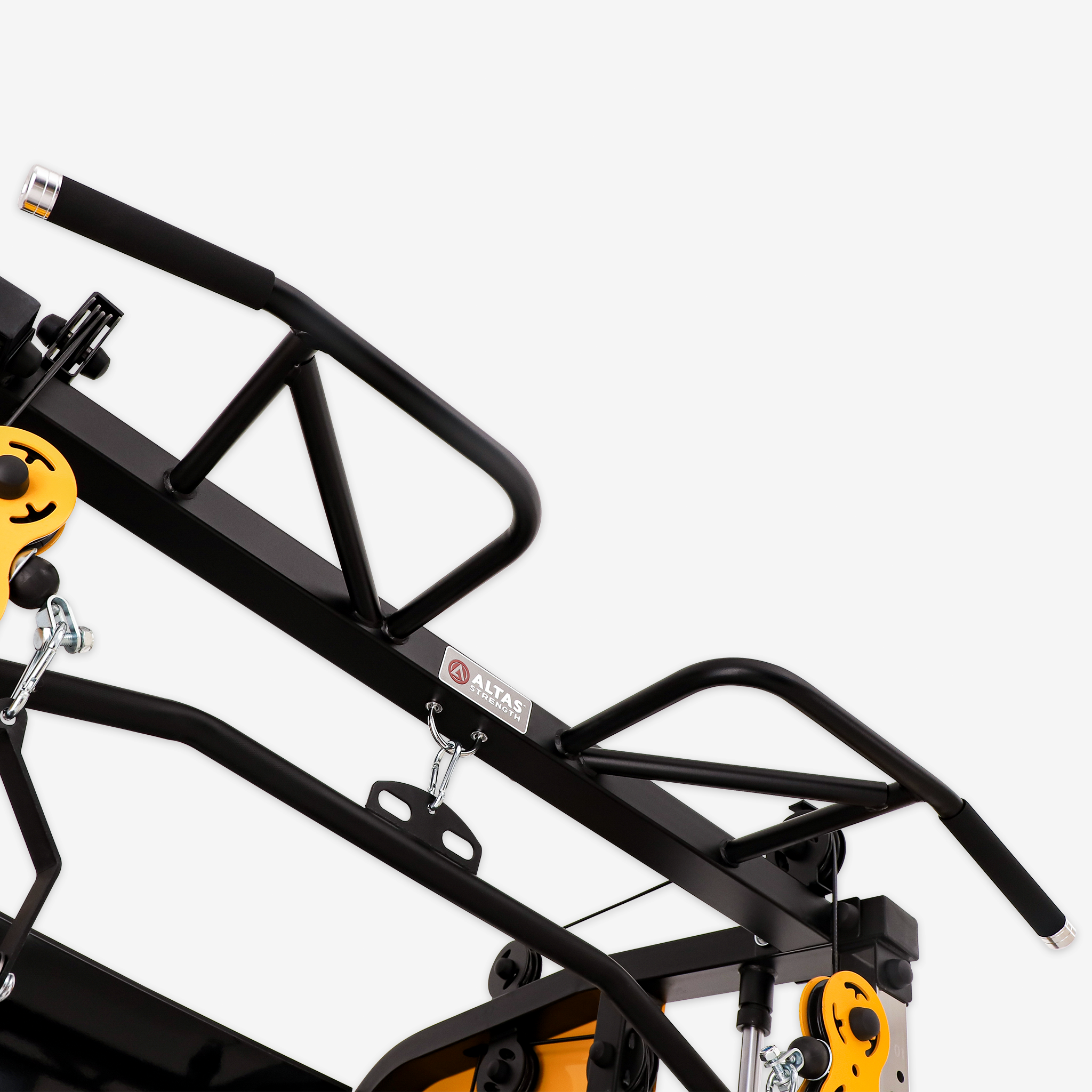In the realm of strength training, the squat stands as a timeless and effective exercise, incorporated into the workout routines of nearly every fitness enthusiast and athlete. The Smith machine squat, a variation of the traditional squat, has gained increasing popularity due to its unique structure and benefits. This article delves into the advantages, applicability, and differences between the Smith machine squat and traditional free-weight squats.
I. The Fundamentals of the Smith Machine Squat
The Smith machine is a piece of fitness equipment that uses fixed rails to assist the user in moving weight in a linear vertical direction. It allows individuals to adjust their range of motion by locking the barbell at different heights, enhancing safety during the exercise. The Smith machine squat is performed on this apparatus, providing users with additional support through its fixed movement path during the squat.
II. Advantages of the Smith Machine Squat
-
Enhanced Safety
- For beginners or those without professional supervision, the Smith machine squat offers greater safety. The fixed rails reduce the risk of accidents due to loss of balance or insufficient strength, minimizing injury risks.
-
Improved Focus on Muscle Activation
- With the stability provided by the Smith machine, users can focus more on training specific muscle groups, such as the quadriceps, glutes, and hamstrings, without worrying about balance. This makes it especially effective for leg sculpting.
-
Adaptable to Various Training Needs
- By adjusting stance or foot placement, users can target different muscles, from quadriceps to glutes. Additionally, the Smith machine allows for varied ranges of motion, suiting different training levels and objectives.
-
Ideal for Rehabilitation and Recovery
- The Smith machine squat helps reduce strain on joints, making it ideal for individuals recovering from injuries. It provides the support needed to rebuild strength gradually while protecting vulnerable areas like the knees and back.
III. Comparing Smith Machine Squats with Free-Weight Squats
-
Differences in Movement Path
- Free-weight squats require more balance and core engagement, while the Smith machine's fixed path eliminates the need to control the barbell's movement. This makes Smith machine squats easier for beginners but may reduce overall muscle engagement.
-
Core Muscle Involvement
- Free-weight squats demand significant core strength for stabilization, whereas Smith machine squats provide stability through the equipment. If building core strength is a priority, free-weight squats are superior.
-
Muscle Activation
- Although Smith machine squats offer focused training for leg muscles, free-weight squats involve a broader range of supporting muscles, providing more comprehensive muscle activation.
IV. Who Should Perform Smith Machine Squats?
-
Beginners
- The added stability and safety make the Smith machine squat ideal for beginners learning the squat movement.
-
Athletes in Rehabilitation
- For those recovering from injuries, the Smith machine provides essential support, enabling controlled strength building while reducing stress on joints.
-
Body Sculptors
- Those looking to specifically target leg and glute muscles will benefit from the Smith machine’s focused muscle activation, allowing for more efficient workouts.
V. Conclusion
The Smith machine squat is a versatile tool in strength training, offering safety, adaptability, and focused muscle activation. While it may not engage the core and supporting muscles as comprehensively as free-weight squats, it provides an excellent alternative for beginners, those in rehabilitation, or anyone looking to target specific muscle groups. Incorporating both Smith machine and free-weight squats into a balanced workout routine can lead to optimal strength gains and injury prevention.



